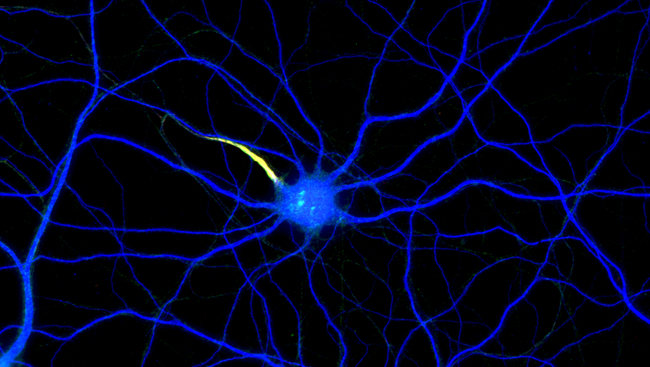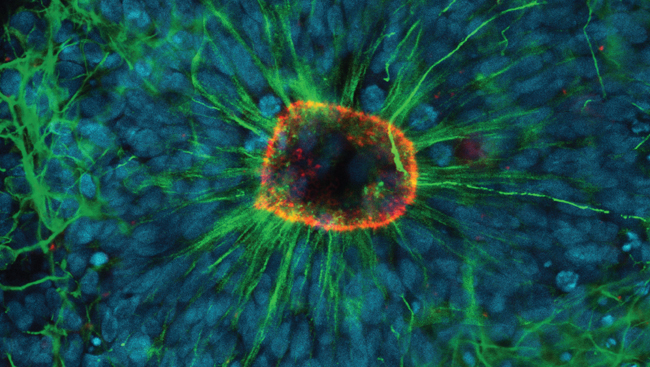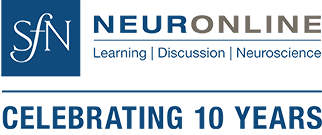Module 2: Neuronal Differentiation
Learn how to produce and characterize human neurons derived from induced pluripotent stem cells (IPSCs).
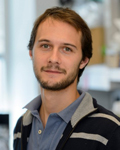 Gabriele Ciceri, PhD Memorial Sloan Kettering Cancer Center |
 Nan Yang, PhD Icahn School of Medicine at Mount Sinai |
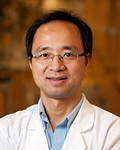 Zhiping Pang, PhD Rutgers Robert Wood Johnson Medical School |
After reviewing Module 2, participants at all career stages should be able to:
- Describe techniques and methods used to define human neurons derived from human iPS cells.
- Summarize the rationale of directed neuronal differentiation from human pluripotent stem cells.
- Describe how to apply the use of small molecules/morphogens to generate major neuron types.
- Introduce step-wise quality control criteria to assure the generation of the desired neuron type and troubleshoot the differentiations.
- Explain the principles for direct lineage conversion.
- Identify the key techniques used to directly generate human neurons from iPS cells by transiently expressing transcription factors.
- Describe how to establish long-term culture for disease modeling.
-
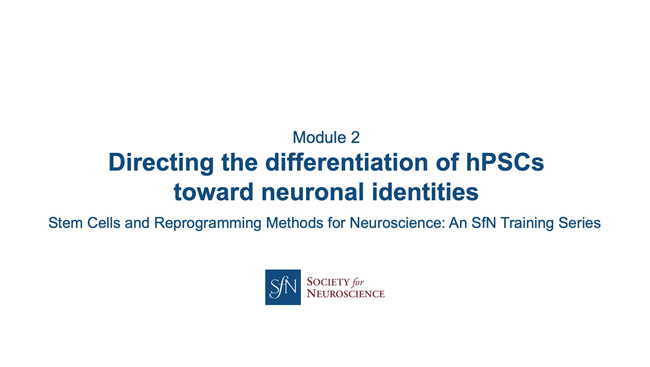 Module 2A: Directing the Differentiation of hPSCs Toward Neuronal Identities
Module 2A: Directing the Differentiation of hPSCs Toward Neuronal IdentitiesIn this presentation, Gabriele Ciceri will introduce experimental strategies to generate neurons from human pluripotent stem cells via directed differentiation. Specifically, Ciceri will:
- Describe general principles of neuronal specification in vivo and their application to in vitro differentiation protocols.
- Introduce how to mimic development in a dish.
- Introduce paradigms for neural induction (PNS vs. CNS).
- Describe specification of regional identity through integration of multiple patterning signals and generation of specific neuron type.
- Explain how to control for lineage progression.
- Describe validation of directed differentiations.
-
 Module 2B: Direct Lineage Conversions in Disease Modeling
Module 2B: Direct Lineage Conversions in Disease ModelingIn this presentation, Nan Yang will:
- Introduce lineage conversion, a few principles on identifying transcription factors for different neuronal subtypes, and the application of the method.
- Describe detailed procedure of generating induced neuronal cells from human iPS cells and create neuron & astroglia co-cultures.
- Share troubleshooting tips for common problems.
-
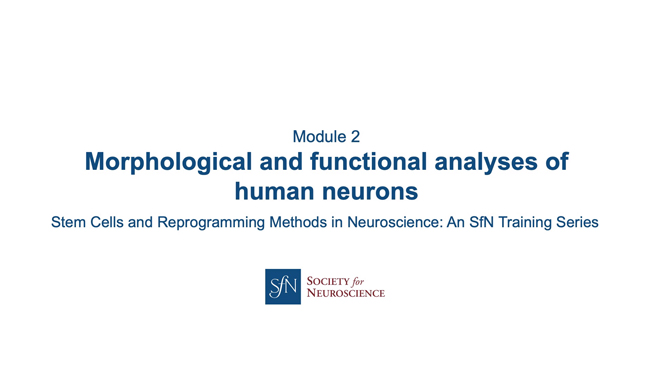 Module 2C: Morphological and Functional Analysis of Human Neurons
Module 2C: Morphological and Functional Analysis of Human NeuronsIn this presentation, Zhiping Pang will introduce parameters for defining human neurons derived from iPSCs. Specifically, Pang will:
- Describe morphological features of human neurons (immature to mature characteristics).
- Introduce morphological and biochemical techniques to characterize human neurons.
- Provide information about functional characterization of human neurons, including electrophysiology (cover intrinsic neuronal membrane property; active membrane property; synapse transmission) and calcium imaging (network activity and contributions of synaptic transmission).





